Increased Precipitation
An increase in precipitation would also expand the geographic range of mosquitoes. Immature mosquitoes are aquatic, and with more rainfall, there would be more potential breeding and development grounds for mosquitoes [3].
An increase in precipitation would also expand the geographic range of mosquitoes. Immature mosquitoes are aquatic, and with more rainfall, there would be more potential breeding and development grounds for mosquitoes [3].
Global warming is expected to produce a significant
rise in sea level, resulting in coastal flooding. Coastal flooding would
also provide Anopheline mosquitoes with more breeding grounds if it increased
the brackish water lagunae [3]. However, if flooding results in an
increase in the salinity of coastal freshwater areas, then the breeding grounds
for mosquitoes would greatly decrease, which could possibly limit the spread
of malaria [3].

Some areas may experience an increase in drought and desertification as a result of global warming. This would not prove favorable to the spread of malaria, as mosquitoes require an aquatic habitat to breed. Also, mosquito longevity is linked with relative humidity, so the survival rate of mosquitoes in drier areas would decrease [3].
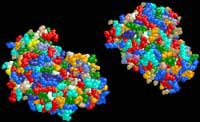 Malaria
Malaria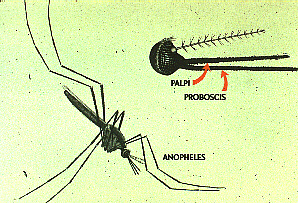
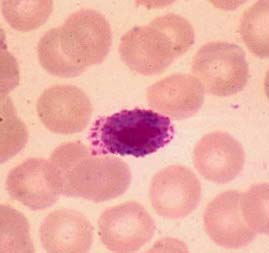 the speed depending directly on temperature; generally, the higher
the temperature, the quicker this process will be.
Optimum temperature for Plasmodium maturation is 26 C, and
development cannot occur in temperatures below 16 C. After the parasite
is mature, it enters the salivary glands of the mosquito and is transmitted
to a human host when the mosquito takes a blood-meal. [3]
the speed depending directly on temperature; generally, the higher
the temperature, the quicker this process will be.
Optimum temperature for Plasmodium maturation is 26 C, and
development cannot occur in temperatures below 16 C. After the parasite
is mature, it enters the salivary glands of the mosquito and is transmitted
to a human host when the mosquito takes a blood-meal. [3] 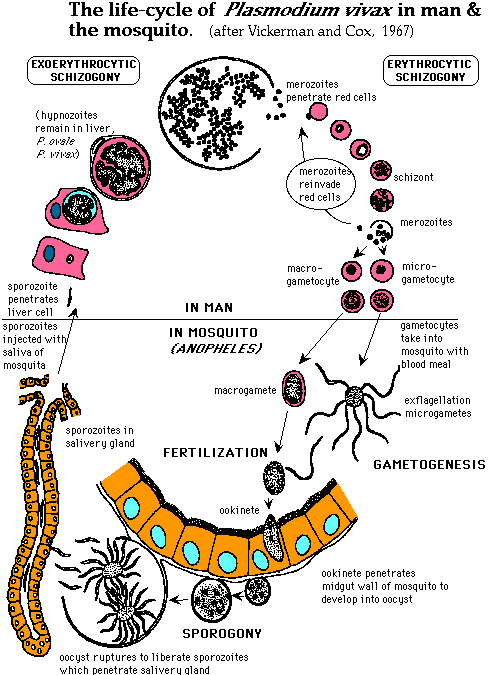

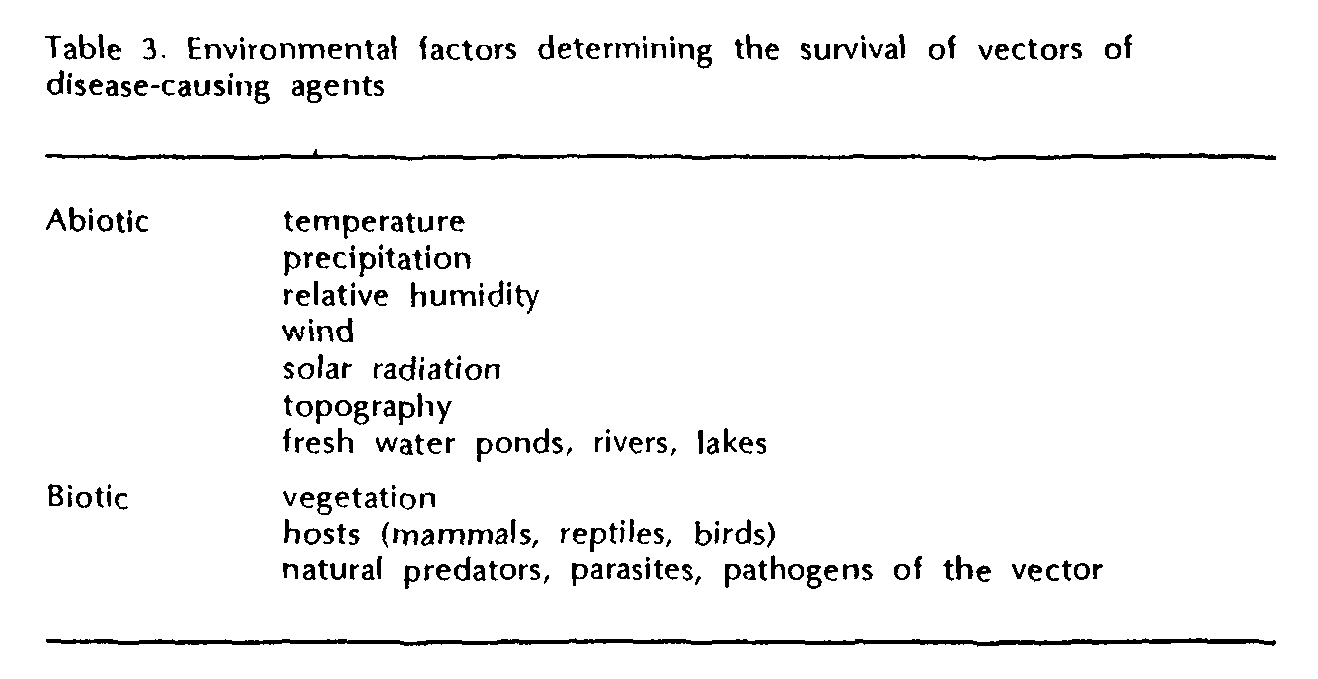
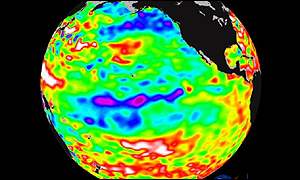 organisms survive best in the tropics, a rise in temperature could
produce more potential habitats for the Anopheline
mosquito and Plasmodium [6]. In addition to increasing
the vector's geographic range, heat increases the reproduction rate of mosquitoes;
thus, the vector population would increase, providing more hosts to the
parasite. Also, the parasites' incubation period within the mosquito
would shorten [3]. If the parasites' necessary development time is
decreased, they would be able to infect humans at a more rapid rate. Experiments
show that a 10 degree increase in temperature halves the development time
for most parasites [7]. While most areas may not experience such drastic
warming, these experiments establish the connection between warmer temperatures
and more rapid maturation of disease agents.
organisms survive best in the tropics, a rise in temperature could
produce more potential habitats for the Anopheline
mosquito and Plasmodium [6]. In addition to increasing
the vector's geographic range, heat increases the reproduction rate of mosquitoes;
thus, the vector population would increase, providing more hosts to the
parasite. Also, the parasites' incubation period within the mosquito
would shorten [3]. If the parasites' necessary development time is
decreased, they would be able to infect humans at a more rapid rate. Experiments
show that a 10 degree increase in temperature halves the development time
for most parasites [7]. While most areas may not experience such drastic
warming, these experiments establish the connection between warmer temperatures
and more rapid maturation of disease agents.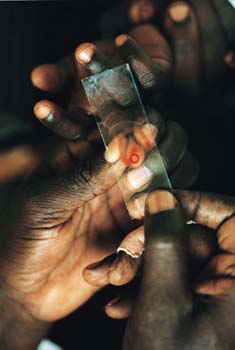 and Kenya, the United Kingdom, Europe, and the southeast United States
[3, 6]. Malaria has previously been endemic in many of these areas before,
and in some cases, Anopheline mosquitoes are already present [4]. However,
due to effective control measures, the disease is presently rare. Were
the parasite to be introduced, though, it may be difficult to control with
its shortened maturation period and an increase in the mosquito population.
Areas that are already at the endemic level and areas bordering on
malarious countries are also at risk. In countries such as China and
South Africa, in which malaria is already present, the changes in climate
could raise malaria to an epidemic level, or at least increase the frequency
and/or severity of the disease [3].
and Kenya, the United Kingdom, Europe, and the southeast United States
[3, 6]. Malaria has previously been endemic in many of these areas before,
and in some cases, Anopheline mosquitoes are already present [4]. However,
due to effective control measures, the disease is presently rare. Were
the parasite to be introduced, though, it may be difficult to control with
its shortened maturation period and an increase in the mosquito population.
Areas that are already at the endemic level and areas bordering on
malarious countries are also at risk. In countries such as China and
South Africa, in which malaria is already present, the changes in climate
could raise malaria to an epidemic level, or at least increase the frequency
and/or severity of the disease [3].
